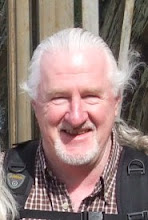
Thanks to all who came this way in this long absence and especially Willow and Margaret for checking in. I had a stroke and have been very fortunate to have recovered and now putting my life back together and part of it is to try and get back to the blogging but probably only once a week. Have not been following or doing blogging since that time. When the time came it took me days to try and remember my password LOL.
I went back to work part time but pooped out,now out at the cabin on the coast for a month or so to recuperate again and regain strength. Resting up, napping reading, picking the last of the blackberries, collecting chantrelles, chasing salmon and doing a little cooking.
Cheers to all and for all the kind thoughts that came my way. And a special thanks to Cathy for inspiring me to start blogging again.
your bloggy friend Stephen














